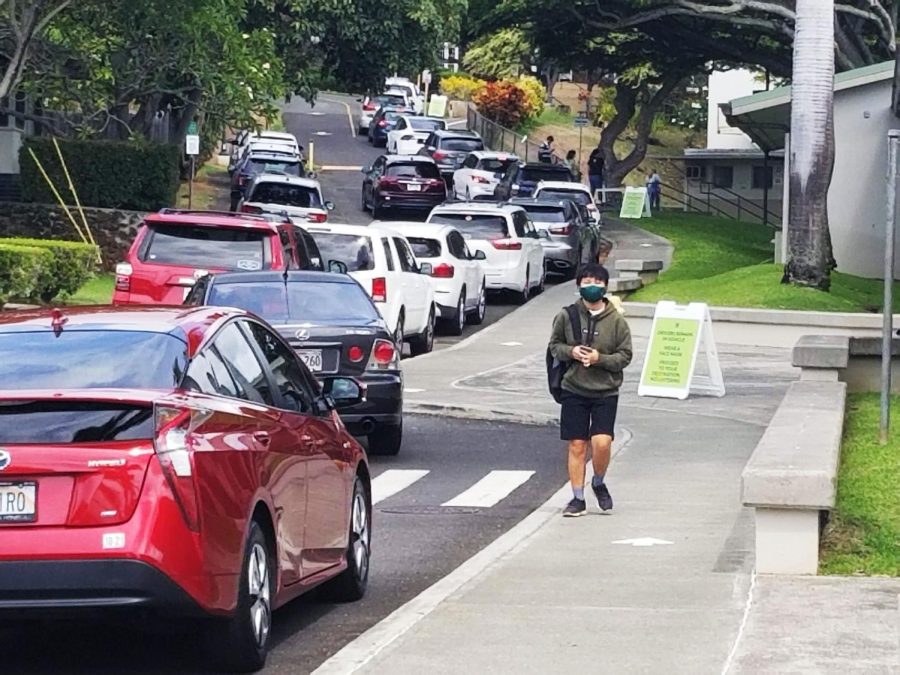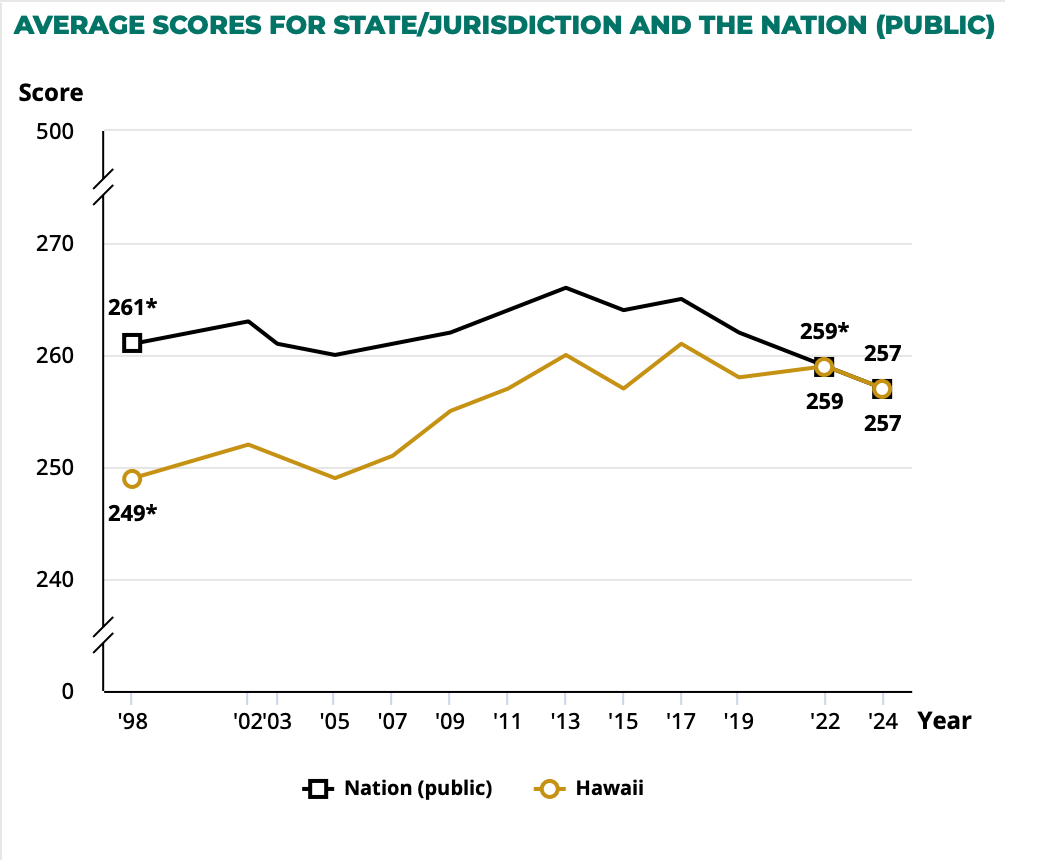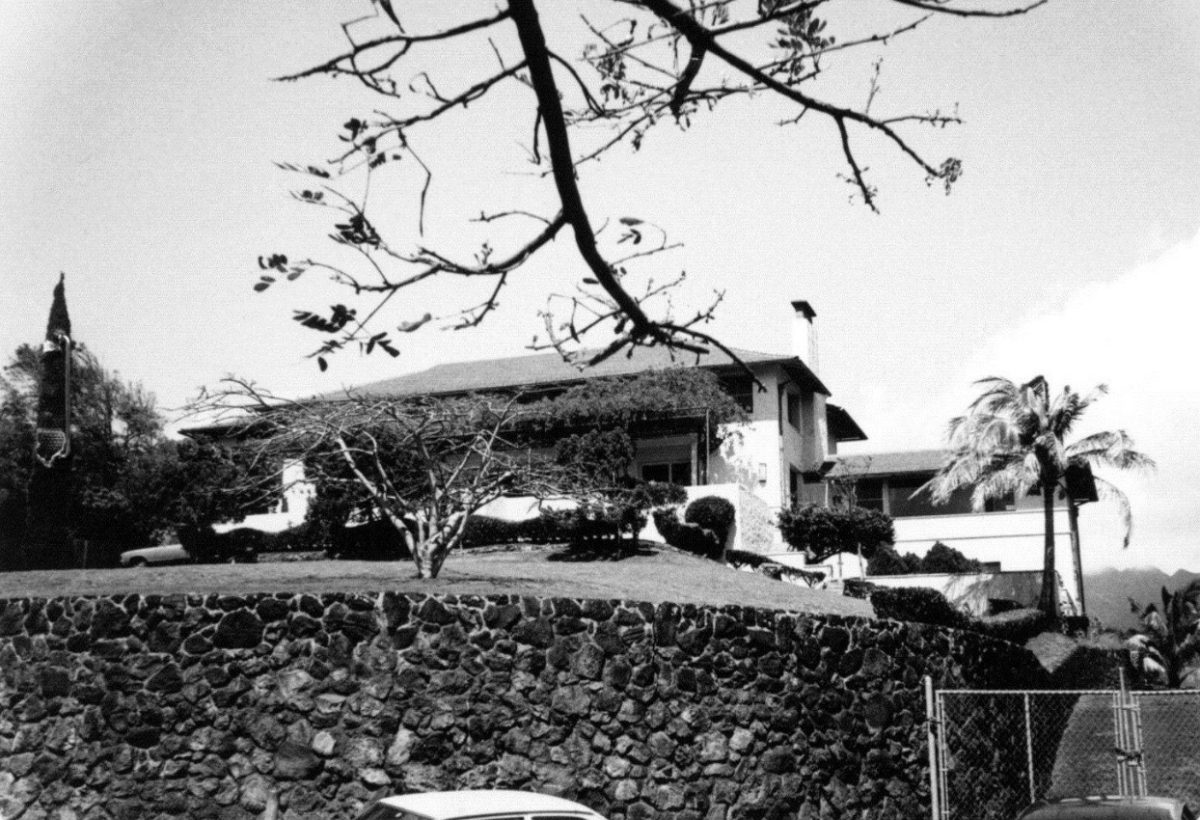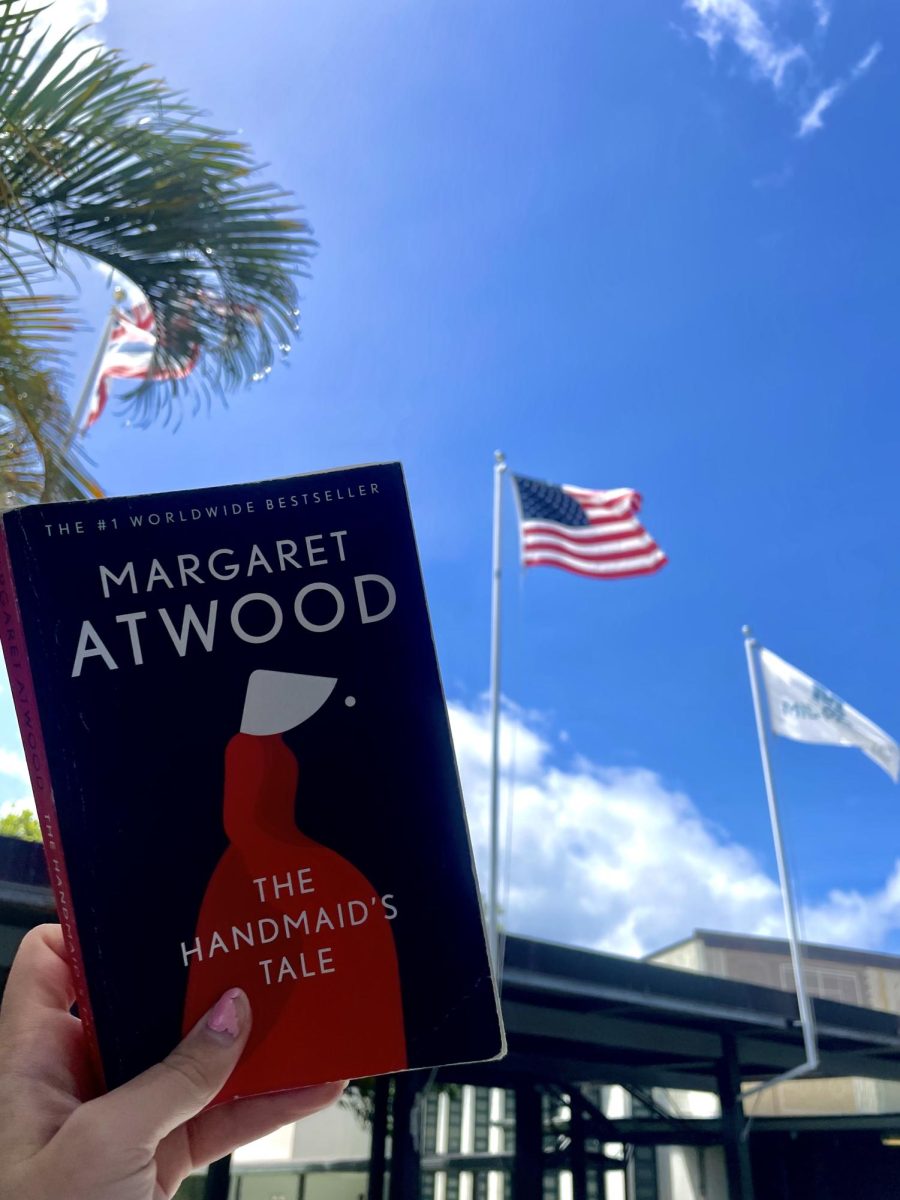Students reconnected during PSAT and first visit to campus since March
Sophomore Camryn Machado walking down the sidewalk outside of Hartley after the PSATs. Sophomores and Juniors returned to campus for the PSAT on Oct. 14.
October 26, 2020
My footsteps rang out in the empty hallway, the door creaking open as our proctor instructed us to take a seat, my fellow classmates sitting emotionless behind their masks.
On Oct. 14, Mid-Pacific sophomores and juniors took an optional PSAT on campus, following social distancing guidelines and wearing masks.
To emphasize the importance of social distancing the campus was arranged to accommodate these new protocols, including a change in pathways. Sophomore Cole Kodama said he liked these changes to the pathways on campus.
“I like how the school had us all flowing in one way, like how you could only go left to right in Atherton, and if you have to go get water, you have to go around the whole thing, so that there were limited unnecessary interactions,” said Kodama.
The PSAT proves beneficial for juniors since it can provide potential scholarship opportunities, according to Derrick Kang, Director of College Counseling.
“The benefit of taking the PSAT is that it does identify students for the National Merit Scholarship, which does open up quite a lot of money who are identified as finalists,” said Kang.
The awareness of this scholarship encourages students to take the exam.
“I chose to take it because of colleges, and if I get a good score on it, it can help me a lot in the future,” said junior Kaitlyn Dote.
Additionally, students said they were excited to come back on campus, especially for the opportunity to see their friends.
“For me, I haven’t been able to really see anyone outside of my family all of the quarantine, so I thought it would be a good chance for one, to go outside, and two, see people,” said junior Wyatt Jones.
Sophomores understand the benefits of taking the PSAT this year, seeing it as preparation for the National Merit Scholarship when they are juniors.
“I definitely took it in preparation for next year when it actually counts, ‘cause I definitely don’t want to do a dry run in my junior year,” said Kodama.
However, due to it being optional this year, some students opted out of the test due to health concerns.
Sophomore Anastasia Morse said she chose not to take the PSAT due to existing health issues, which would be greatly worsened by catching COVID-19.
“I’m highly asthmatic, so I have to already take medicine for it. Even in day to day life, if the air quality is bad, it’s hard for me to breathe without getting sick, and so being on campus with a whole bunch of other students who could possibly be infected just wasn’t a safe option for me or my family,” said Morse.
Vice Principal of Academic Affairs, Christel McGuigan, said she is challenged with how accurately the test will assess the ability of students.
“We’re asking students to take the standardized test with a pandemic going on,” she said. “As we know that heightened levels of stress have a physiological impact, it’s not the ideal optimal circumstances for our students to perform their very best.”
Dote said what she saw on the day of the PSAT concerns her, especially concerning masks and washing hands.
“When people take off their masks or don’t wash their hands properly, then that kind of ruins the experience for them, because if they catch COVID, it goes all downhill from there. I really hope that before school, we can work on that,” said Dote.
Despite this, the PSAT planning coordinator, Tina Rawlins, said having the students go on campus is good preparation for when students return back to campus in November.
“It gave them a sense of what it would almost feel like to be on campus. For a lot of students, Mid-Pacific is like a second home, so you really have to reimagine what it’s going to look and feel like, but then also it’s a habit that you’re going to have to relearn,” said Rawlins.







